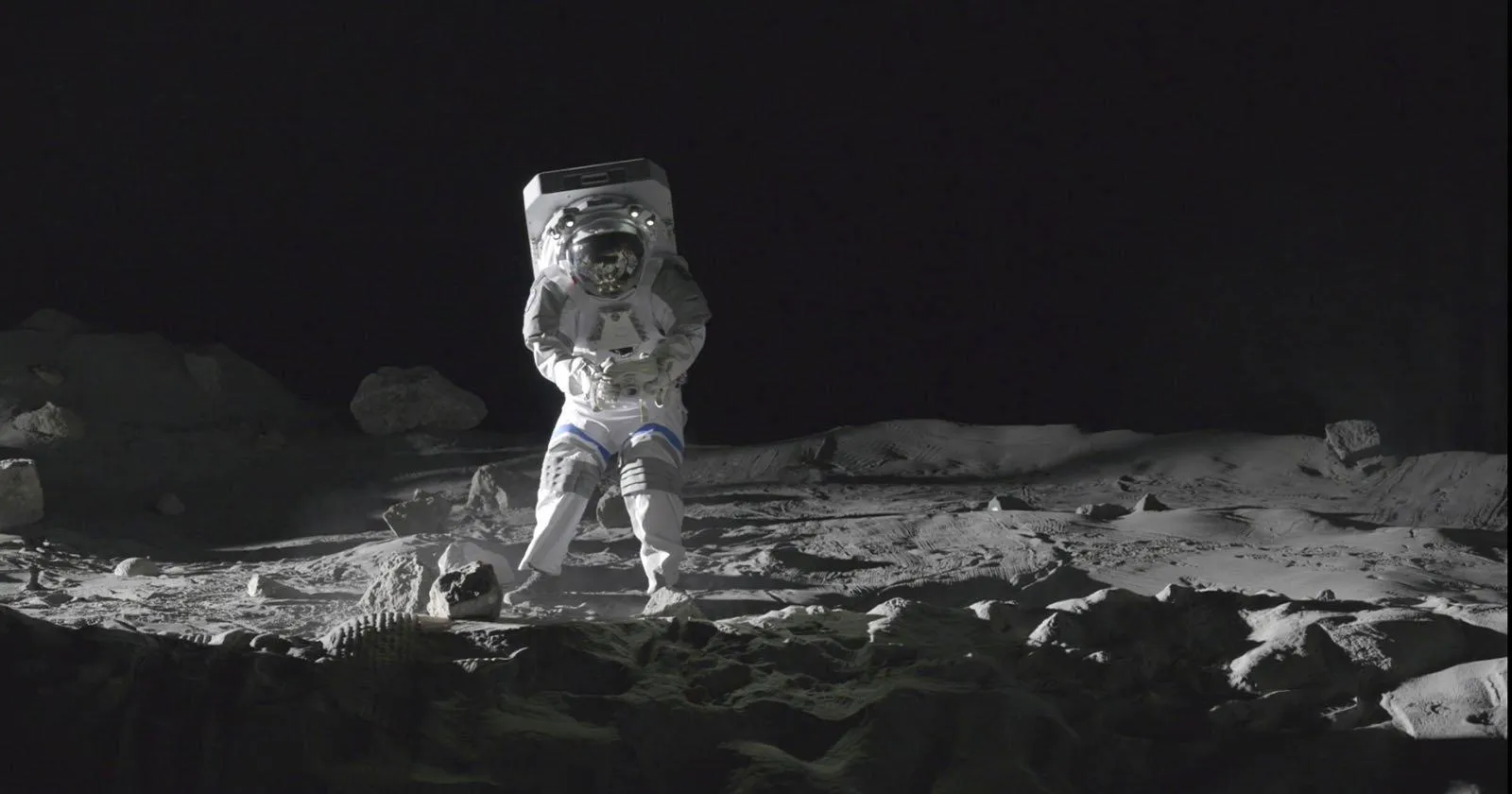Preparing for the Moon: Simulating Lunar Operations at LUNA Analog Facility
 Astronauts during a simulated moonwalk at the LUNA Analog Facility, practicing critical skills for future lunar missions.
Astronauts during a simulated moonwalk at the LUNA Analog Facility, practicing critical skills for future lunar missions.
Deep within an unassuming building near Cologne, Germany, lies a remarkable facility that could be key to humanity's return to the Moon. The LUNA Analog Facility, a cutting-edge lunar simulation center, is a joint endeavor by the European Space Agency (ESA) and the German Aerospace Center (DLR). Here, astronauts are honing their skills, from navigating rugged terrain to capturing the perfect "lunar selfie," all in preparation for the challenging environment of our celestial neighbor.
Why Simulate the Moon?
With NASA's Artemis program poised to send humans back to the lunar surface – promising images and videos far superior to the grainy footage of the Apollo era – one might assume technology has made everything easy. However, the lunar environment presents unique obstacles for imagery and communication that even advanced tech struggles with.
Engineers and imagery experts face hurdles like limited bandwidth, significant signal delays, unpredictable moonlight variability, and the ever-present lunar dust. This abrasive dust can interfere with sensitive equipment and degrade image clarity, posing a serious threat to mission success and the quality of scientific data.
A Walk on the "Fake" Moon
To address these challenges, the ESA and DLR recently conducted a crucial simulated moonwalk at the LUNA facility. This exercise involved astronauts engaging in a series of mock lunar surface operations. Participants practiced everything from the delicate maneuver of exiting a landing module to exploring the simulated lunar terrain and even staging a "lunar selfie."
The primary goal of this simulation wasn't to create deceptive footage. Instead, the team focused on generating a diverse range of test clips. This included what are known as "encoder killers" – high-motion scenes specifically designed to push video compression techniques to their limits. By analyzing these clips, experts can optimize video quality while minimizing data consumption, a critical factor given the bandwidth constraints of deep space communication.
Preparing for the Future
The work at the LUNA Analog Facility is vital for ensuring that future lunar missions, like those under the banner of the Artemis program, are equipped with the best possible imaging strategies. By meticulously simulating the lunar environment and rigorously testing equipment and protocols, scientists and astronauts are taking proactive steps to overcome the Moon's unique challenges.
These "fake" moonwalks are paving the way for real human footsteps, ensuring that when we do return, we'll not only accomplish our scientific and exploration goals but also capture breathtaking, high-definition imagery that truly reflects the awe of lunar exploration.




